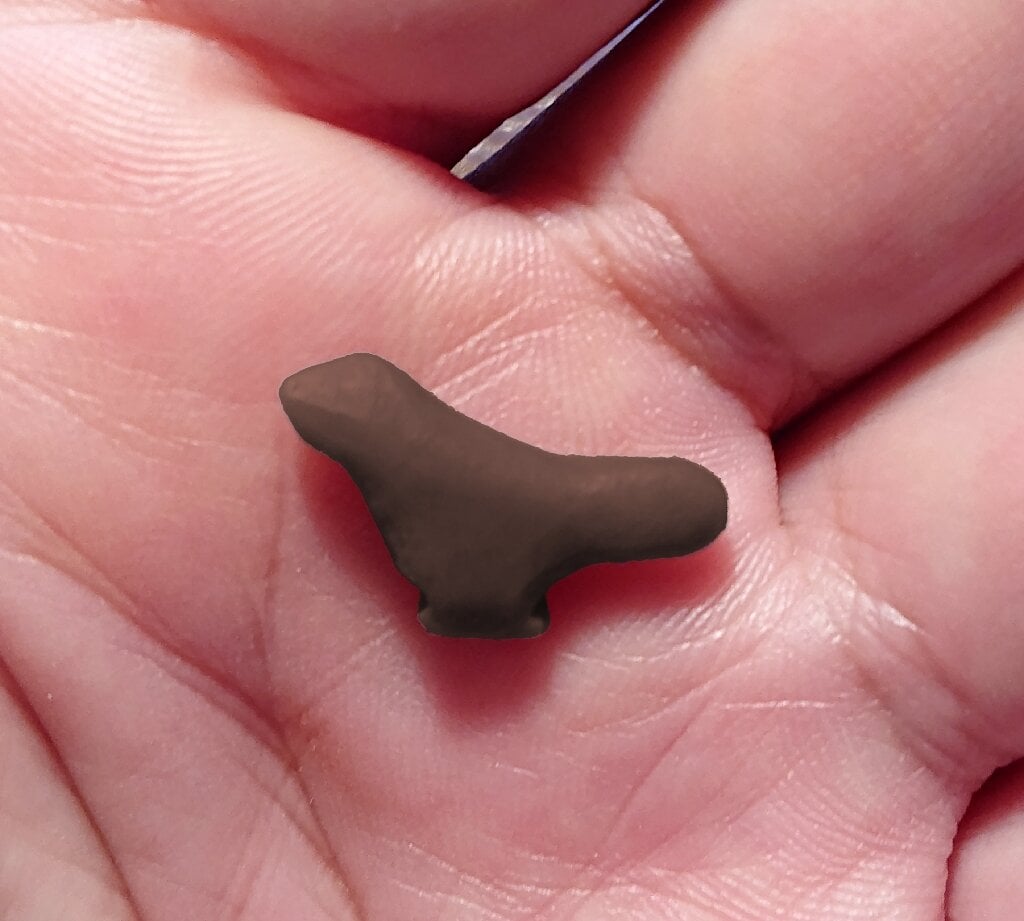
Archaeologists have discovered what appears to be the oldest known example of three-dimensional East Asian art in a rubbish pile excavated in Lingjing, Henan, China. The ancient Paleolithic bird figurine, carved from a blackened bone, dates to 13,500 years ago, according to radiocarbon testing.
The critical find potentially changes our understanding of ancient Chinese civilization and suggests that art arose there independently of other parts of the world. (Although sculpture dates back some 35,000 years in Europe, ancient art from the region differs significantly from the newly discovered bird form, suggesting it developed separately.) The research team, led by Zhanyang Li of Shandong University, revealed their discovery in a study published this week in the journal PLOS ONE.
“It pushes back the origin of avian representations in Chinese art by 8,500 years and identifies a potential link between Chinese Neolithic art and its Palaeolithic origins,” the study’s co-author Luc Doyon, of the University of Montreal, told Courthouse News. “We were definitely struck by this technological feat and by the beauty of the object.”
Anthropologists note that the embrace of symbolic thought, beyond the basic survival needs of a people, leads to the creation of art, which is an important factor in the development of a culture.
The original miniature bird figurine discovered at Lingjing (Henan Province, China), dated to 13,500 years ago, and a 3-D μ-CT recreation creating using X-ray micro-computed tomography. Photo courtesy of Francesco d’Errico and Luc Doyon.
“For large areas of the world,” Francesco D’Errico of the Université de Bordeaux, a study co-author, told ZME Science, “it remains unclear when the production of three-dimensional representations became an integral part of the cultural repertoire of human societies, and whether this innovation was achieved independently or by diffusion from a center of origin.”
The diminutive sculpture was actually first unearthed in 1958, by construction crews digging a well. The pile of dirt they left behind attracted the attention of Li and his team after they began excavations at Lingjing in 2005. They soon realized they had stumbled upon a wealth of ancient Paleolithic artifacts, from pottery shards to stone tools.
A 3-D print of the 13,500-year-old miniature bird figurine discovered at Lingjing (Henan Province, China). Photo courtesy of Francesco d’Errico and Luc Doyon.
The sculpture takes the form of a passerine, the general name for songbird species. It was carved from bone likely heated at low temperatures—a tricky process that will warp and shatter the bone if not done correctly.
A micro-CT scan revealed the artist used multiple tools, likely a coarse grindstone, a chisel, and stone scrapers, in his work. The precision with which this artwork was executed suggests that the carving technique was already well established at the time of its creation.
The newly discovered sculpture is the only known Paleolithic animal figurine mounted on a pedestal, and is unusual both stylistically and in the technique used to produce it. These qualities, said D’Errico, “identify an original artistic tradition, unknown until now.”